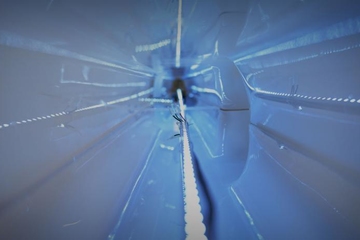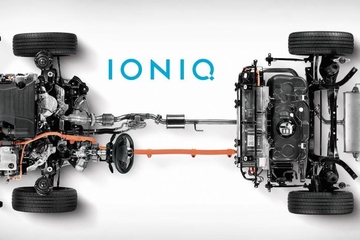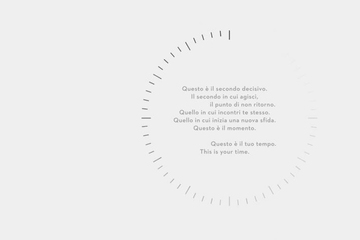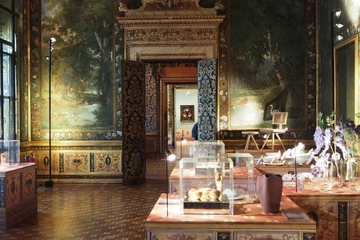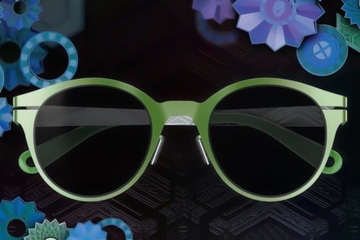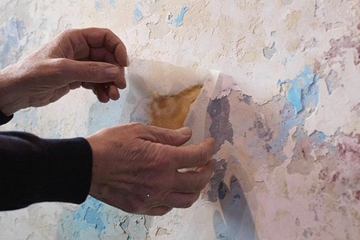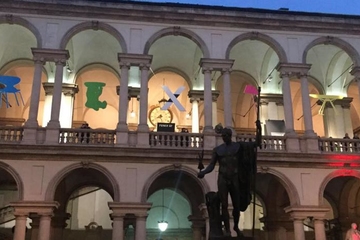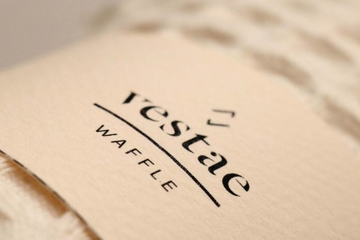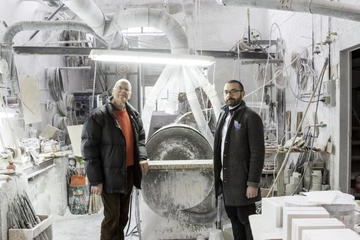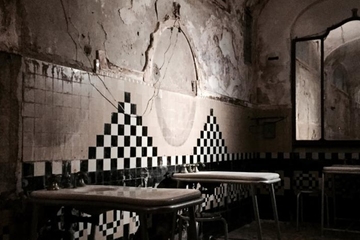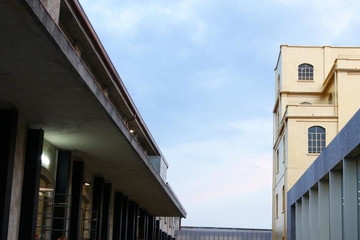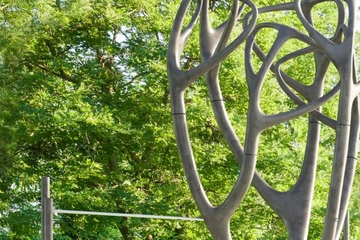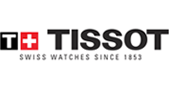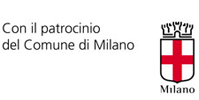"I started in 1979 with Nilufar, my first gallery specialising in the search for precious carpets in Milan. I never stopped since then"
Born in Teheran 58 years ago, Nina Yashar moves to Milan with her family in 1963. She studies History of Art in Venice and since very young she starts collaborating with her father, wholesaler of old and modern carpets. Nina’s taste is different though. She combines French Eighteenth-century carpets with pieces by Prouvé and Perriand, the tables and chairs of Gio Ponti and Carlo Mollino, the colours of Sottsass, the sketches of Fornasetti, up to the totems of Bethan Laura Wood and the works of Martino Gamper. Many are the collaborations with art dealers, designers and contemporary artists. Curator of exhibitions and catalogues, event planner, gallerist, she is the undisputed leader among art dealers.
Nina Yashar’s work can be summarised in the concept of Crossings – title of two Nilufar exhibitions in 1999 and in 2000. A game of decomposition and re-composition like in a kaleidoscope. An aesthetic based on an open attitude, that does not care about labels and manages to combine different cultures and historical moments generating new visions that show the dealer’s flair.
“I started in 1979 with Nilufar, my first gallery specialising in the search for precious carpets in via Bigli in Milan. In 1989 I moved to the spaces in via della Spiga and I started proposing my own carpets by sometimes adding an Eighteenth-century painting, as I’ve always liked diversification. One day I was in New York and I saw a brand-new carpet in a window of a well-known dealer, I got in and found out it was a Swedish carpet. Two months later I was in Sweden buying lots of Scandinavian carpets. Since then I started knowing and buying historical design pieces and subsequently I fell in love with contemporary design and started producing it. I never stopped since then”.
DEPOT
Last April, Milan saw the opening of the Nilufar Depot space, a 1,500 sqm warehouse on three floors in via Lancetti, born in an ex factory to house a collection of at least 3,000 pieces.
“I was dreaming of a huge space, but I never thought it would be so huge. It was designed as a warehouse with an almost industrial architecture, like the detachable railings to let the forklift in. Initially it was supposed to be a simple storage area, as my current warehouse is 100 km away from Milan. Then, making the setup for the last Salone del Mobile, it was so successful that I was forbidden to use it just as a warehouse. Every day we receive people coming here just to visit us. In other words, a great responsibility.”
ART - DESIGN RELATIONSHIP
“In Italy there is still a strong cultural tendency to regard design as a mere functional object having no power to “talk” to its target just like an artwork does. I don’t mean that design is not appreciated or understood, just that it is hard for many to grasp its complexity: every single design object satisfies not only practical, but also spiritual needs; it talks directly to its users and talks about those who designed it with an additional usage value changing the object itself from contemplative into active. I think these two disciplines, i.e. art and design, have lots of things in common but also many discrepancies, which is why I think it is always a big risk when an artist claims to be a designer and vice versa. There is a border, although a weak one. That is why I share Gillo Dorfles’ view: 'Design is "partially" art, a form of planning with a bit of art and a bit of marketing. Design objects should not be made to be art objects: they should stick to their function and not just satisfy the whim of being artistic'.”
TALENT SCOUT
“Looking for something new in the design world is clearly a risky thing, as the market might not be ready for that yet. But this is what I have always loved to do and my only real luxury. The decision to make is always personal and based on what a designer wants to convey through his works. That’s when years of experience come into play, allowing me to orient myself easily. I do what I want to do and follow my continuous desire for newness. The “greatest” pieces I have ever bought are the one hundred chairs by Martino Gamper. A purchase that made me feel extremely excited. I bought them in a handful of seconds, I didn’t even want to see them all because the first ones had already seduced me. That is something I would place exactly between art and design, as Gamper was the first who used recycled elements giving life to a new system. I have always tried to find deep, but also rich and productive collaborations, both for me and for the designers involved. Keeping a solid relationship with designers I have known for many years now I have tried not to miss any opportunity to meet and discover new things: there are many other designers besides Martino Gamper such as Micheal Anastassiades, Bethan Laura Wood, Osanna Visconti di Modrone, who always impress me for the freshness and flair of their creations and with whom I create interesting synergies. There are always many difficulties though, the relationship between dealer and designer is made of love and conflicts: however, through a continuous search for innovation and with an open approach towards what is still unknown, I have always managed to get over such difficulties and find the right harmony”.
MILAN AND 2016 DESIGN WEEK
“I think Milan is living a moment of great evolution also thanks to places like the Prada Foundation, probably today’s most important artistic and cultural hub of the city. I think we are living a sort of ferment, like a new Renaissance. I feel a strong attachment to this city and that’s why I am happy to see Milan enlivened by such a huge transformation and ferment. From Expo onwards, I noticed that everyone is taking action to improve themselves and offer new things first to the citizens and then to all the city’s future visitors. I think the Fuorisalone is one of the most important initiatives allowing to involve a lot of people. A great strength is the synergies and collaborations taking place on this occasion: a good starting point to generate new relationships and creative and innovative projects enriching their makers as well as their users. I do believe that also this year the Milan Design Week will be able to offer something new and original and not just reworks. Between the Salone and the Fuorisalone I definitely choose the latter! I always suggest to select the events carefully, choosing the few good ones to enjoy them better and have fun. At the Salone I learnt that it’s important to make a selection of the must-see places, as the range of new things offered is huge and the Salone is often used to exhibit projects that would otherwise not be exposed. It is essential to train the eye so that it doesn’t get confused by the large number of proposals. The unmissable events of the 2016 Design Week? Obvioulsy the Nilufar - Brazilian Design exhibition at the Nilufar gallery in via della Spiga 32”.
© Fuorisalone.it — All rights reserved.
Galleria Nilufar
Via della Spiga 32, Milan





